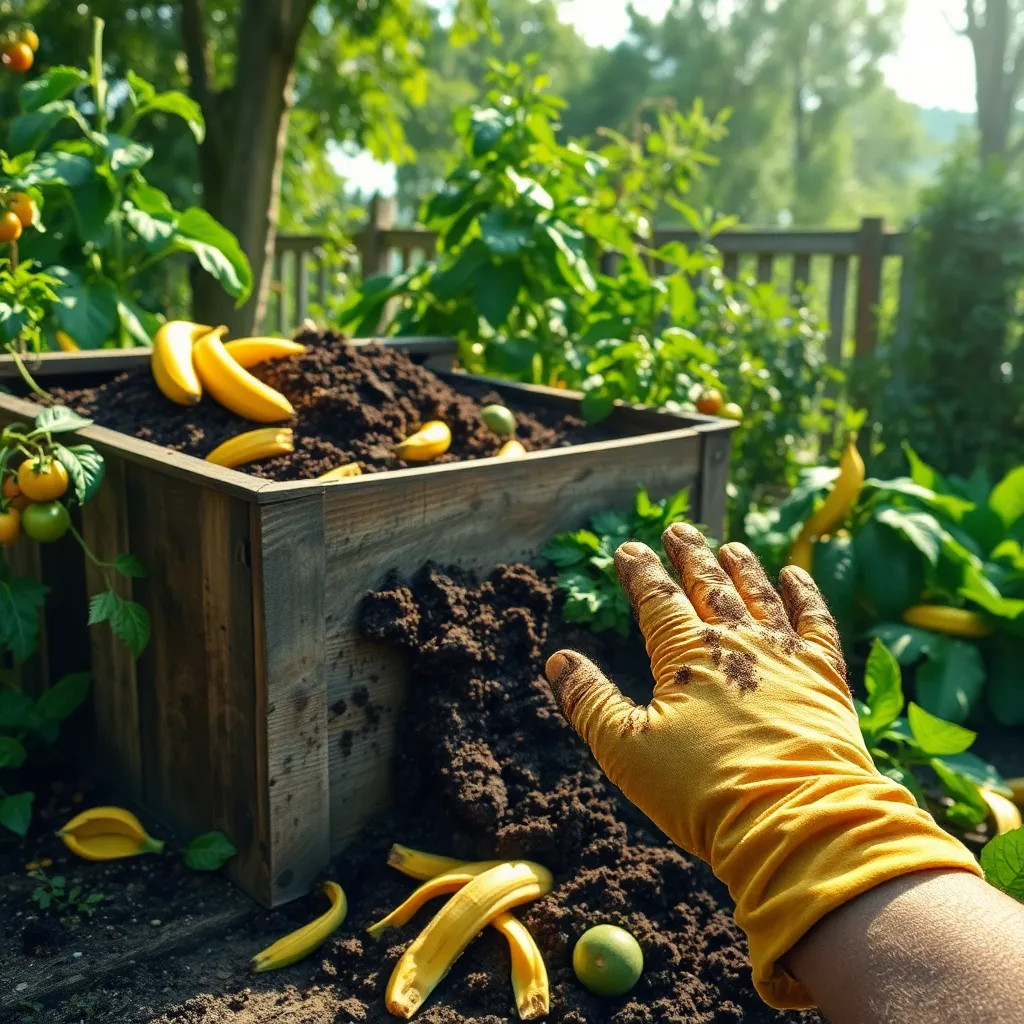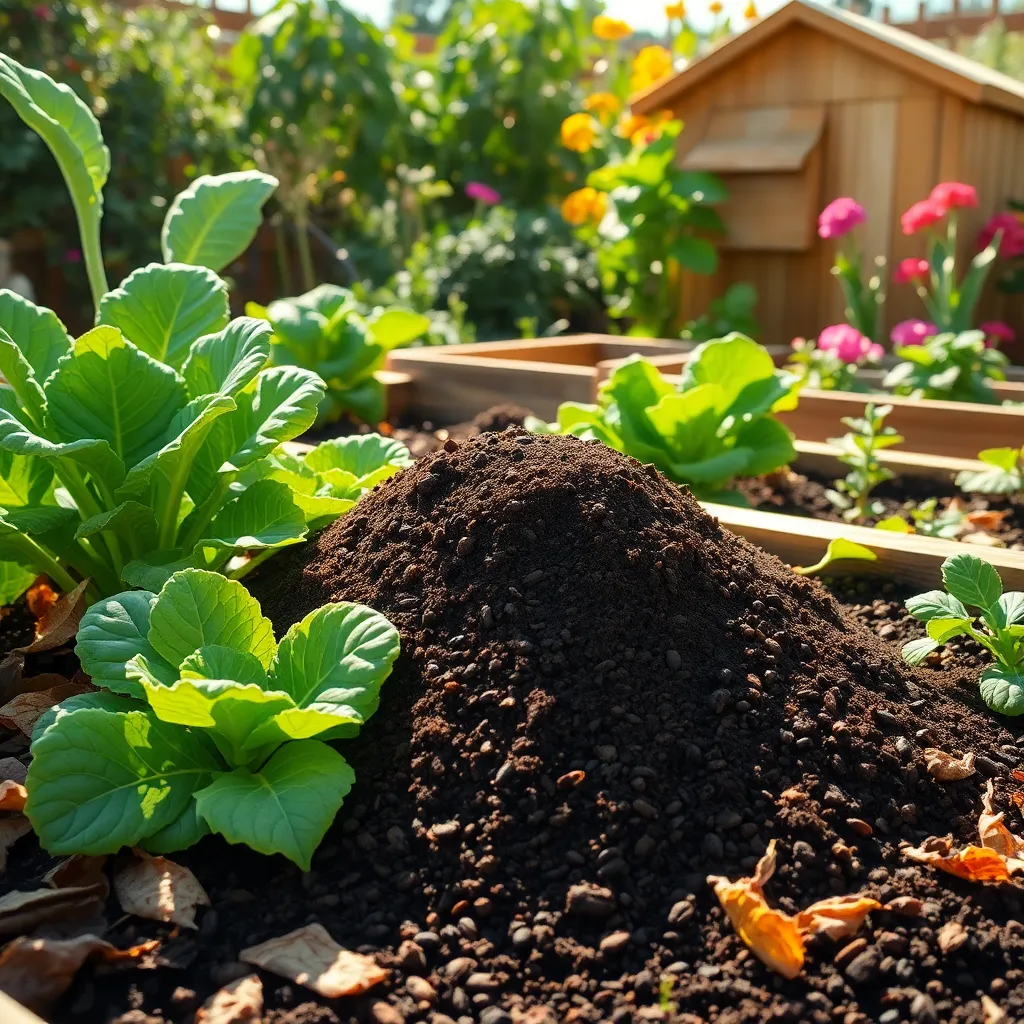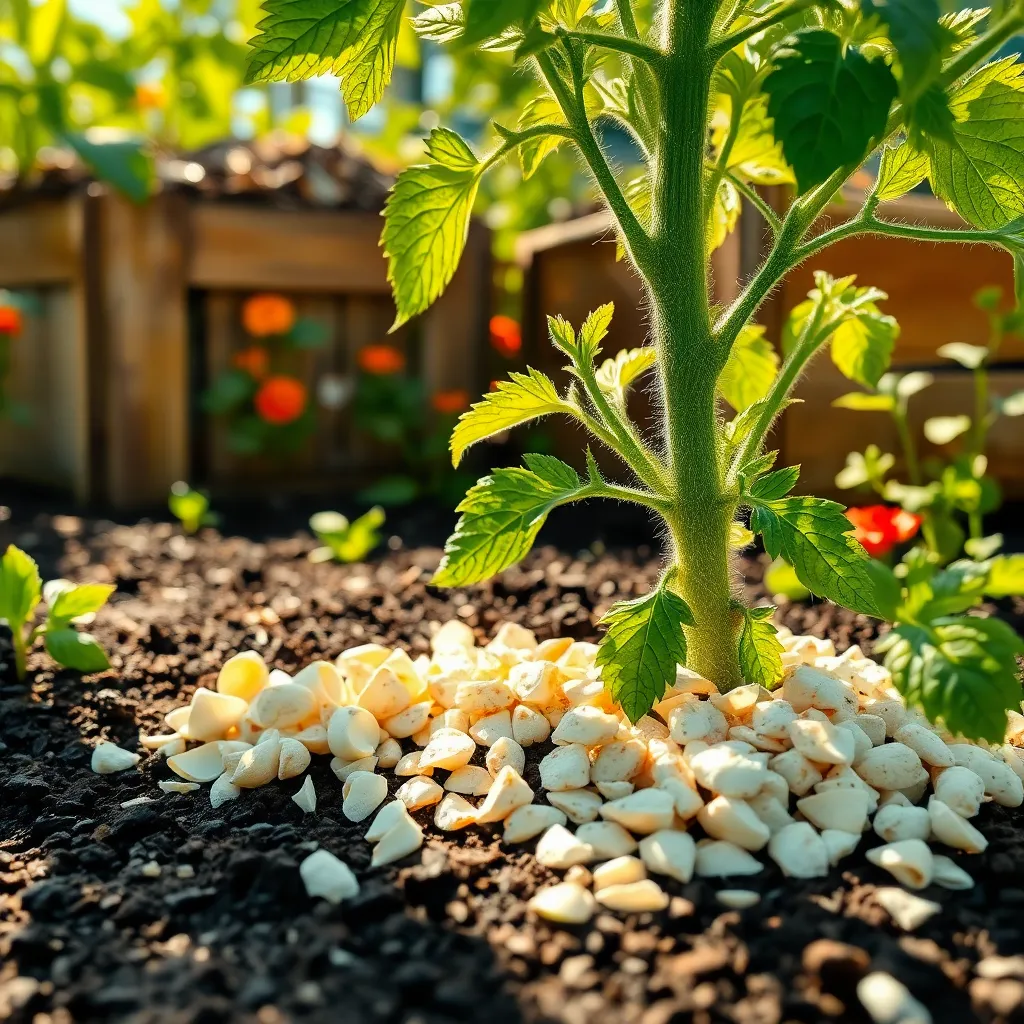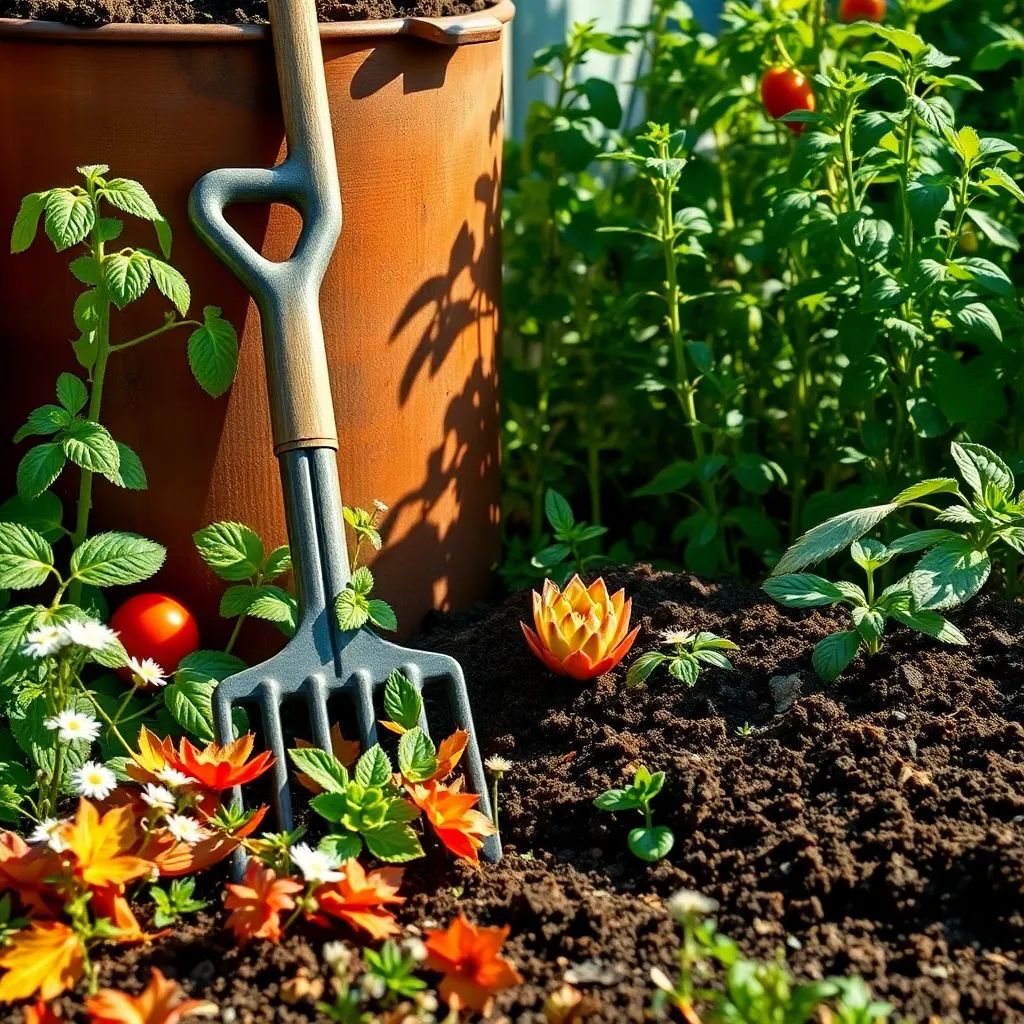Welcome to a world where your indoor plants not only beautify your home but also contribute to a thriving compost pile, enriching your garden with minimal effort. Whether you’re just starting out or have a seasoned green thumb, this guide will unlock the secrets of growing plants that are not only easy on the eyes but also packed with compost-friendly goodness.
Imagine transforming your kitchen scraps and garden waste into nutrient-rich gold with the help of your indoor plant collection. This curated list of the best plants for composting is your gateway to an eco-friendly gardening lifestyle, offering practical tips and insights that promise to boost your confidence and success rates. By the time you finish this guide, you’ll be well on your way to creating a sustainable loop that feeds both your garden and your soul.
Banana Peels (Potassium-Packed Booster)

Banana peels are a fantastic addition to your compost pile due to their high potassium content. This essential nutrient can help strengthen plant roots and improve overall growth, making your garden thrive.
When adding banana peels to compost, it’s best to chop them into small pieces. This increases the surface area for microbes to break down the peels more rapidly, speeding up the composting process.
For gardeners seeking a quick nutrient boost, consider using banana peels as a direct fertilizer. Simply bury small pieces of peel an inch or two below the soil surface near plant roots for a slow release of nutrients.
Experienced gardeners might also experiment with making a banana peel tea. Steeping banana peels in water for a few days creates a nutrient-rich liquid that can be used to water plants, providing them with an immediate potassium boost.
Coffee Grounds (Nitrogen-Rich Amendment)

Coffee grounds are an excellent nitrogen-rich amendment that can be easily added to your compost pile. They provide a crucial boost in nitrogen, which is essential for the decomposition process and helps create a rich and fertile compost.
Begin by collecting used coffee grounds, ensuring they are thoroughly cooled before adding them to your compost. It’s best to mix them with other compost materials like leaves or straw to maintain balance, as too many coffee grounds can make the compost too acidic.
For those with larger composting systems, consider adding coffee grounds in layers, alternating with brown materials such as dried leaves or shredded paper. This layering helps maintain the carbon-to-nitrogen ratio, ensuring efficient decomposition.
In addition to composting, coffee grounds can also be used directly in the garden as a mulch or soil amendment. Sprinkle them thinly around acid-loving plants such as blueberries or azaleas to improve soil structure and encourage healthy growth.
Eggshells (Calcium Supplier for Soil)

Eggshells are an excellent source of calcium, which is essential for healthy plant growth. When added to compost, they help balance the soil’s pH and improve its structure, making it more conducive for plant development.
To prepare eggshells for composting, rinse them thoroughly and allow them to dry. Crushing the shells into smaller pieces will speed up their decomposition and enhance the release of calcium into the soil.
Incorporating eggshells into your gardening routine is easy and beneficial. Simply sprinkle crushed eggshells around the base of your plants or mix them into the topsoil to provide a slow-release calcium source.
For advanced gardeners, using eggshells can help prevent blossom end rot in tomatoes and peppers, which is often caused by calcium deficiency. Regularly adding eggshells to your compost or directly to the soil can ensure your plants have enough calcium to thrive.
Grass Clippings (Green Nitrogen Source)

Grass clippings are a fantastic green nitrogen source for your compost pile, helping to accelerate the decomposition process. When adding grass clippings, it’s crucial to mix them with brown materials like dried leaves or straw to maintain a balanced carbon-to-nitrogen ratio.
To avoid a slimy, smelly compost heap, ensure grass clippings are not added in thick layers. Instead, spread them thinly and evenly, mixing thoroughly with other compost materials to enhance aeration and decomposition.
For beginners, grass clippings should be added fresh and moist, but avoid clippings from lawns treated with chemicals. Experienced gardeners know that turning the compost pile regularly, at least once a week, will further speed up the breakdown process and prevent matting.
If your garden is organic, grass clippings can also be used as a natural mulch to retain soil moisture and suppress weeds. As an advanced tip, leave grass clippings on your lawn occasionally to decompose naturally, returning nutrients directly to your soil and reducing the need for additional fertilization.
Compost Aerator Tool (Efficient Oxygenation Technique)

Using a compost aerator tool is a highly effective way to ensure your compost pile is getting enough oxygen. Aerating your compost helps speed up the decomposition process, making your compost ready for use more quickly.
To use a compost aerator tool, insert it into the pile and twist or lift to create air pockets. This action not only introduces oxygen but also helps to mix the materials, ensuring even decomposition.
Oxygenation is crucial because it supports aerobic bacteria, which break down organic matter efficiently and without unpleasant odors. Regular aeration also helps regulate the temperature of the pile, keeping it warm enough for microbes to thrive.
For best results, aerate your compost pile every two weeks, or more often if the pile is dense or compacted. If you’re new to composting, start by aerating gently and observing how the pile responds.
Advanced gardeners might consider using a thermometer to monitor the compost temperature, aiming for a range between 135°F and 160°F for optimal microbial activity. Aerating helps maintain this temperature by providing the necessary oxygen for microbial life.
Incorporating a compost aerator tool into your routine can make your composting process more efficient and productive. Whether you’re a beginner or a seasoned gardener, this simple tool can significantly enhance your composting efforts.
Conclusion: Growing Success with These Plants
In exploring the ‘Best Plants for Composting,’ we’ve delved into five key relationship concepts that mirror the nurturing process of composting: communication, patience, mutual growth, adaptability, and sustainability. Just as a healthy compost requires the right mix of materials, a thriving relationship thrives on open communication and understanding. Patience allows both plants and relationships to flourish over time, while mutual growth ensures both partners benefit and evolve together. Adaptability helps navigate changes, and sustainability focuses on long-term health and happiness.
Now, take a moment to reflect on one area in your relationship where you can apply these principles today. Perhaps it’s initiating a heartfelt conversation or setting a shared goal for the future.
Remember, relationships, like gardens, need ongoing care. Bookmark this article now, so you can revisit these insights whenever you need a reminder or inspiration.
Embrace these nurturing principles, and look ahead with optimism, knowing that with dedication and love, your relationship will continue to grow and blossom beautifully. You hold the power to cultivate a vibrant and enduring partnership—start today!
